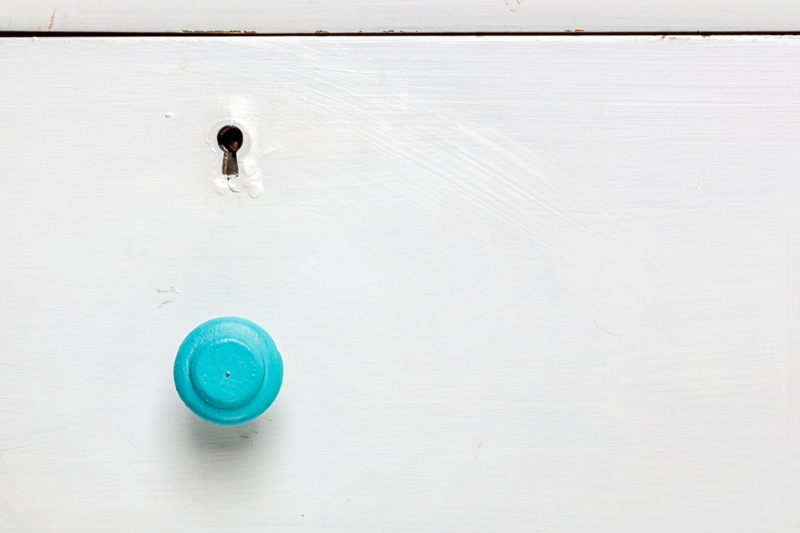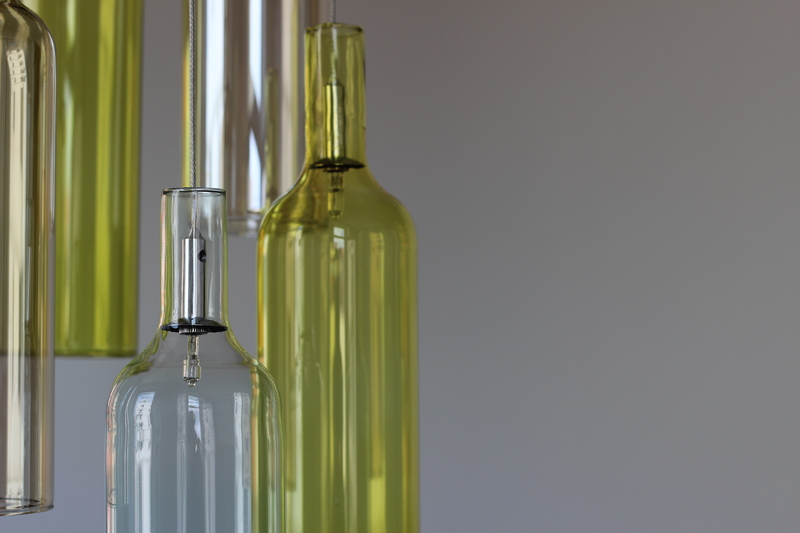Transform Your Trash: Upcycling Tips
Posted on 21/09/2024
Every year, millions of tons of waste are generated worldwide, occupying space in landfills and damaging our environment. Upcycling is a creative and eco-friendly way to breathe new life into items that may otherwise be discarded. By transforming your trash into treasure, you can contribute to environmental sustainability, save money, and create unique and personalized pieces for your home. Here's how you can start turning your trash into treasure with some practical upcycling tips.
Understanding Upcycling
Upcycling, also known as creative reuse, involves transforming waste materials into new products that have a higher value or quality than the original item. Unlike recycling, which often breaks down materials to create new products, upcycling maintains the original form and structure but enhances its appearance or function.

The Benefits of Upcycling
Engaging in upcycling offers numerous benefits:
- Environmental Impact: Reducing waste sent to landfills and lowering the carbon footprint.
- Cost Savings: Creating new items from old ones can save money compared to buying new products.
- Unique Creations: Producing one-of-a-kind items that reflect your personal style and creativity.
Upcycling Tips for Beginners
Ready to start upcycling? Here are some tips to get you going:
Select Materials Thoughtfully
Look around your home and identify items that are no longer in use but have the potential to be repurposed. Common materials for upcycling include glass jars, wooden pallets, old furniture, and fabric scraps.
Get Inspired
Browse Pinterest, Instagram, or upcycling blogs for creative ideas. Inspiration can help you visualize what your trash can become and guide your approach to transforming it.
Plan Your Project
Before you begin, outline your project plan. Gather all necessary materials, tools, and supplies. Make sure you have a clear idea of the end result and the steps needed to achieve it.
Practical Upcycling Projects
Here's a list of simple yet impactful upcycling projects you can try at home:
- Glass Jar Lanterns: Clean empty jars, add decorative paint or stickers, and place candles inside for beautiful, ambient lighting.
- Wood Pallet Furniture: Disassemble wood pallets and use the planks to create coffee tables, bookshelves, or garden planters.
- Fabric Tote Bags: Turn old t-shirts or jeans into stylish, reusable shopping bags by sewing them into a new shape.
- Cork Bulletin Board: Save wine corks and adhere them to a frame to create a functional and decorative bulletin board.
- Tire Garden Planters: Paint old tires with vibrant colors and stack them to create raised garden beds or planters.
Pros and Cons of Upcycling
Like any activity, upcycling has its advantages and disadvantages:
Pros
- Reduces environmental impact by decreasing waste
- Saves money compared to purchasing new items
- Encourages creativity and personalization
- Preserves the unique history and character of old items
Cons
- Can be time-consuming and requires effort
- May require specific tools and skills, which could be a barrier for some people
- Quality of upcycled items may vary based on materials and craftsmanship

Takeaways
Upcycling is a rewarding practice that not only benefits the environment but also fosters creativity and innovation. By thoughtfully selecting materials, planning projects, and seeking inspiration, you can transform everyday trash into valuable and unique items. Remember to embrace the process and enjoy the satisfaction of creating something new from something old.
Conclusion
Transforming your trash through upcycling is a valuable and environmentally-friendly way to manage waste. It combines creativity, sustainability, and cost-efficiency. While it comes with some challenges, the benefits far outweigh the drawbacks. By incorporating upcycling into your daily life, you contribute positively to the environment and create distinctive and functional pieces. So, gather your unused items and let your imagination run wild--time to turn your trash into treasure!

